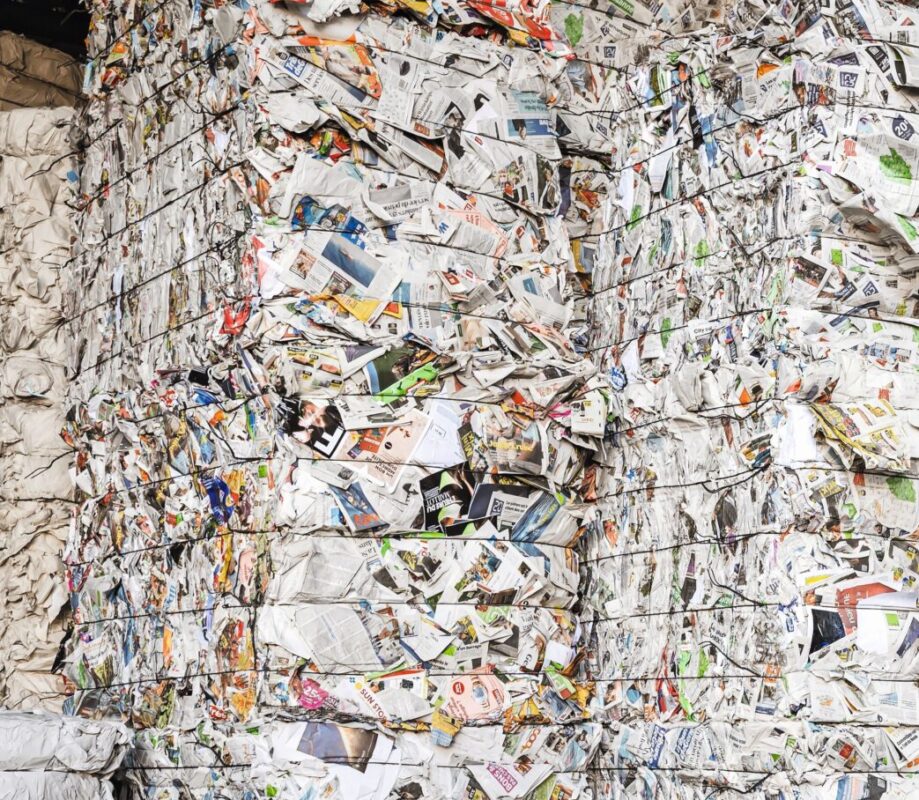"Without bacteria and fungi, the Earth would look like Mars".
Our soils filter drinking water and grow food. However, they can only perform this feat because thousands of species of fungi and bacteria live in them, working together like the wheels of clockwork. Researchers from Agroscope and the University of Zurich have demonstrated this.

The profound study on "bacteria and fungi" in our soils have recently been published in the renowned journal "Nature Communications". The conclusion: The more species-rich the microbial community, the more ecosystem functions remain intact - which has a positive impact on agriculture.
"It's probably the first study to show that bacteria and fungi in our soils are organized in huge networks and that these networks perform very important functions," says Marcel van der Heijden, an agroecologist at Agroscope and the University of Zurich. "The more interconnected the network, the more our soils can do for agriculture."
The conclusion: the more bacterial and fungal species were present in the test soils, the more nutrients the plants absorbed and the more plant species were able to grow. If, on the other hand, only a few or no microorganisms were present in the soils, only grasses grew and far fewer nutrients were absorbed.
But other important functions of the soil are also lost if there are too few bacterial and fungal species: for example, nutrient efficiency, the decomposition of dead plant material or the storage of carbon from the atmosphere. "Without bacteria and fungi, the Earth would look like Mars," says Cameron Wagg, lead author of the study.
Like a giant factory
The many species of fungi and bacteria work together like in a huge factory. One is responsible for "receiving goods," one for "storage," one for "loading the conveyor belts," one for "welding," and one for "cleaning the hall. Only when all the positions are occupied does anything useful come out of it," explains van der Heijden. "The fewer "employees" the "factory" has, the less it can accomplish."
The bacterial and fungal species even occupy each position several times. "This has the following advantage: if one species fails, the next one can simply take over," van der Heijden explains. As a result, soils function even during prolonged periods of heat, drought stress or other environmental impacts.
The richer the species, the more soil functions
For the study, the researchers gradually reduced the species diversity of soil samples. This allowed them to measure how much nitrous oxide the different soils produced and thus lost valuable nitrogen. They further investigated whether the microbial networks in the soil influenced the leaching of important nutrients such as nitrogen and phosphates. Then they performed a "systems analysis" and analyzed several functions simultaneously ("multifunctionality").
The results showed that the more complex and species-rich the microbial community of a soil was, the more ecosystem functions remained intact - which has a positive impact on agriculture and the environment.
Seven until nothing is left
For the study, the researchers used soil samples from a Zurich field. To gradually reduce the biodiversity of a soil, they used a series of progressively finer sieves. As a result, some samples had the full diversity of bacteria and fungi, while others had very little or none. The experts then mixed the soil samples (inoculum) with sterilized soil in hermetically sealed chambers in which they seeded a grass-clover-herb mixture. The chambers allowed the gas exchange to be recorded.
Related links:
Paper in Nature Communications









